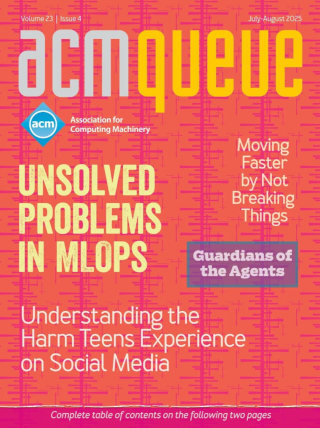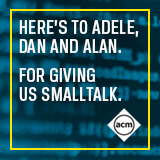
All Your Database Are Belong to Us:
In the big open world of the cloud, highly available distributed objects will rule.
In the database world, the raw physical data model is at the center of the universe, and queries freely assume intimate details of the data representation (indexes, statistics, metadata). This closed-world assumption and the resulting lack of abstraction have the pleasant effect of allowing the data to outlive the application. On the other hand, this makes it hard to evolve the underlying model independently from the queries over the model.
Software Needs Seatbelts and Airbags:
Finding and fixing bugs in deployed software is difficult and time-consuming. Here are some alternatives.
Like death and taxes, buggy code is an unfortunate fact of life. Nearly every program ships with known bugs, and probably all of them end up with bugs that are discovered only post-deployment. There are many reasons for this sad state of affairs.
Multitier Programming in Hop:
A first step toward programming 21st-century applications
The Web is becoming the richest platform on which to create computer applications. Its power comes from three elements: (1) modern Web browsers enable highly sophisticated GUIs with 3D, multimedia, fancy typesetting, etc.; (2) calling existing services through Web APIs makes it possible to develop sophisticated applications from independently available components; and (3) open data availability allows applications to access a wide set of information that was unreachable or that simply did not exist before. The combination of these three elements has already given birth to revolutionary applications such as Google Maps, radio podcasts, and social networks.
A New Objective-C Runtime: from Research to Production:
Backward compatibility always trumps new features.
The path from the research prototype (Étoilé runtime) to the shipping version (GNUstep runtime) involved a complete rewrite and redesign. This isn’t necessarily a bad thing: part of the point of building a prototype is to learn what makes sense and what doesn’t, and to investigate what is feasible in a world where you control the entire system, but not necessarily in production.



